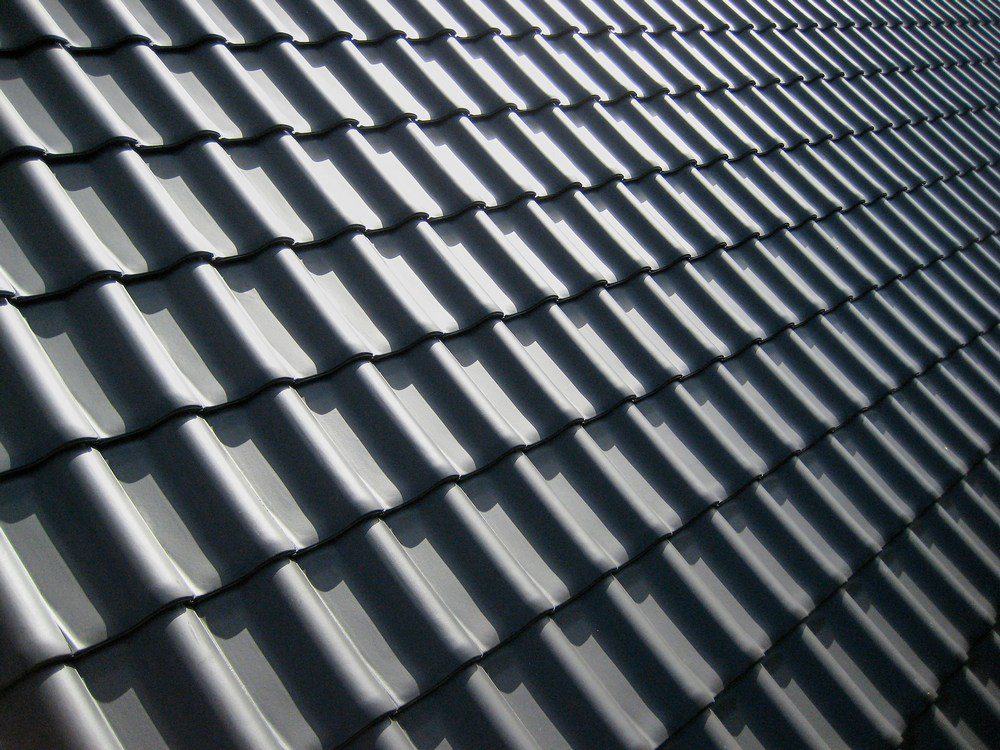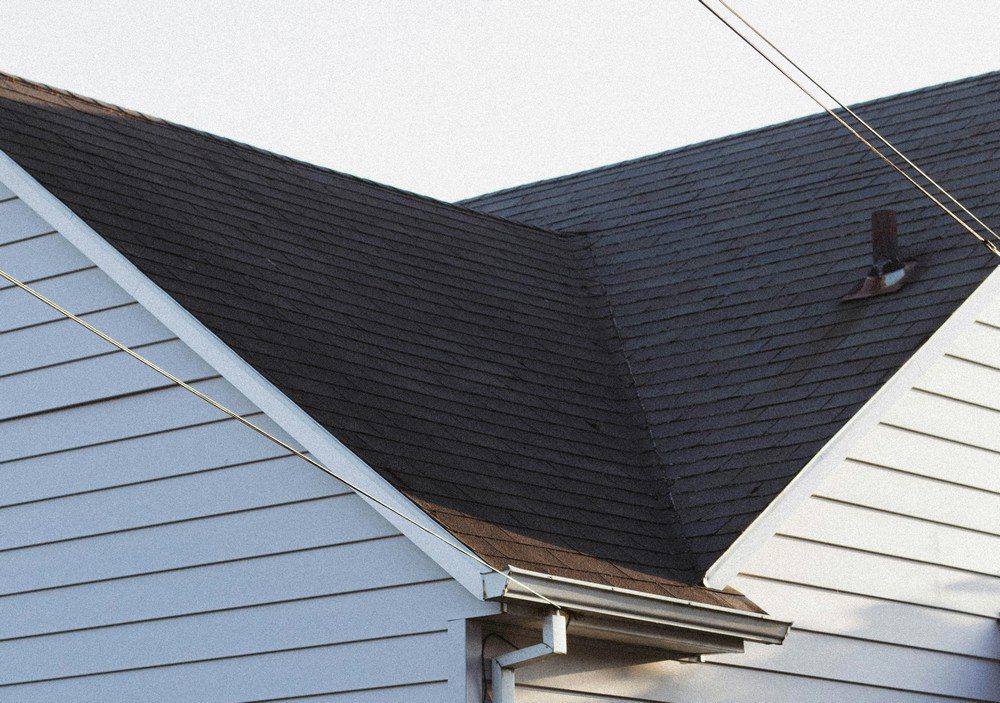Last Updated on April 17, 2024 by teamobn

Roofing material selection is among the vital aspects that take center stage when renovating or building a home. Picking an appropriate roofing material isn’t only about aesthetics. The roof acts as a barrier against weather elements, offering insulation and protection for your house.
Contents
What to Consider When Picking Roofing Materials
Several key considerations go into selecting the right roofing material, and knowing what to look for is vital to making informed choices. Discussed below are seven factors to consider when buying roofing material.
Roof Slope
Roof slope or pitch is a key element when determining the best roofing material suitable for protecting your home while providing a lasting solution. This is because particular roofing materials are best suited for specific roof slopes.
Knowing the roofing material that works best at a particular slope can be helpful. The various roof slopes and materials to consider include:
- High-Slope Roofs -High-slope roofs require materials that can resist specific weather conditions such as wind. Great options include:
- Clay tiles: They’re natural materials that offer great protection against weather elements and are long-lasting
- Asphalt shingles: They’re a common material thanks to their ease of installation, durability, and affordability
Medium-Slope Roofs
Medium slope roofs can fit a broader range of roofing materials, such as:
- Metal roofing: They’re a popular option for homeowners because they’re long-lasting and highly durable
- Asphalt shingles: Their benefits make them ideal for residential properties
- Slate roofing: It’s known for its longevity and beauty
Low-Slope Roofs
Low-slope or flat roofs need roofing materials that effectively seal and keep water from infiltrating under the shingle roofing. Rubber membranes, which can be used as a single continuous sheet and are completely waterproof, are a popular option for low-slope roofs.
Metal roofs are also a good choice as the sheets can be cut to any length and need only a 5 degree pitch to be fully waterproof.

Budget
Your budget is a major consideration as it determines the roofing materials you can comfortably afford. Roofing expenses differ significantly based on a material’s:
- Durability
- Quality
- Ease of installation
When considering a roofing material’s affordability, it’s important to look at the upfront cost plus long-term maintenance costs. You may find materials whose initial price is low but need more regular replacements or repairs, increasing overall expenses over time. Conversely, investing in materials with a high upfront cost may lead to lower maintenance costs down the line.
Note that a roofing material’s energy efficiency can also affect your budget because some have better insulation properties than others, which helps cut heating and roofing expenses.
Also, different suppliers and manufacturers price roofing materials differently. As such, exploring several of them can help you find competitive prices without imparting quality.
Your Home’s Architectural Style
Your property’s design will influence your choice of roofing materials. This is because various material options complement different architectural designs, improving the overall visual appeal. For instance, while asphalt shingles’ versatility makes them suitable for almost all architectural styles, tiles are ideal for older homes.
In addition, considering your house’s color scheme and picking a roofing material that harmoniously matches the exterior is important. Dark roof materials work well with homes painted in bright colors, while black or gray roofs work well with houses painted in blue or gray.
Longevity and Durability
Longevity and durability are essential elements to consider when choosing roofing materials. Long-lasting roofs not only offer protection to your structures but also the costs and hassles that come with frequent replacements or repairs.
Metal roofing materials are designed to withstand UV rays, rain, wind, and hail damage. Other materials like concrete tiles, slate, and particular asphalt shingle types also provide outstanding durability and can resist harsh weather conditions.
Since some roofing materials have a longer lifespan than others, it’s crucial to evaluate their lifespans. When looking for durable roofing materials, consider your locality’s climate.
If your region is susceptible to extreme weather conditions like hurricanes, the best materials have been proven to resist these conditions. Be sure to check out these metal roofs if you are looking to buy roofing materials.
Maintenance Requirements
While routine roof maintenance is vital to ensuring its performance and longevity, various roofing materials have different maintenance needs. It’s crucial to consider maintenance needs when buying roofing materials. When looking for roofing material, factor in the following:
- The extent and frequency of maintenance activities like painting or recoating.
- How often you’ll need to call a roofing expert for professional maintenance services.
- How much it’ll cost to maintain your roofing system?
- Whether you can DIY maintenance.
Familiarizing yourself with the maintenance requirements of various roofing materials can help you find one that aligns with your budget and skill level.

Local weather conditions
Local climatic conditions influence your roof’s lifespan and performance. The best roofing material for your home should be able to withstand your locality’s particular weather conditions.
If you reside in an area that experiences heavy rainfalls, buy roofing materials that can highly resist water damage. For snowfall-prone regions, sloping roofing styles that promote easy water and snow drainage are the best.
If you live in a hot climate, materials like concrete and terracotta would be perfect choices. For homes in cold climates, heat-retaining roofing materials would be ideal. The best roofing material for your climate should be resistant to the locality’s extreme weather conditions to prevent the risk of damage.
Aesthetics
Roofs are among the most visible parts of a home’s exterior. With stylish and appealing roofing materials, you can boost your property’s curb appeal while adding a dash of sophistication and elegance.
The different roofing materials in the market provide varying designs and styles to match personal preferences and different architectural designs. For example, concrete or clay tiles offer a timeless, classic appearance, while slate provides a natural, rustic touch.
Metal roofing materials come in various finishes and colors, allowing for design versatility. Considering how different roofing materials complement your property’s overall aesthetics is important.
Factor in elements like architectural design compatibility, neighborhood restrictions or guidelines, and color coordination with your home’s exterior walls to pick roofing materials that add to your property’s value by boosting its visual appeal.
Endnote
Picking the right roofing materials suitable for your home involves multiple considerations. Familiarize yourself with the factors to consider when buying roofing materials to find the best option.








